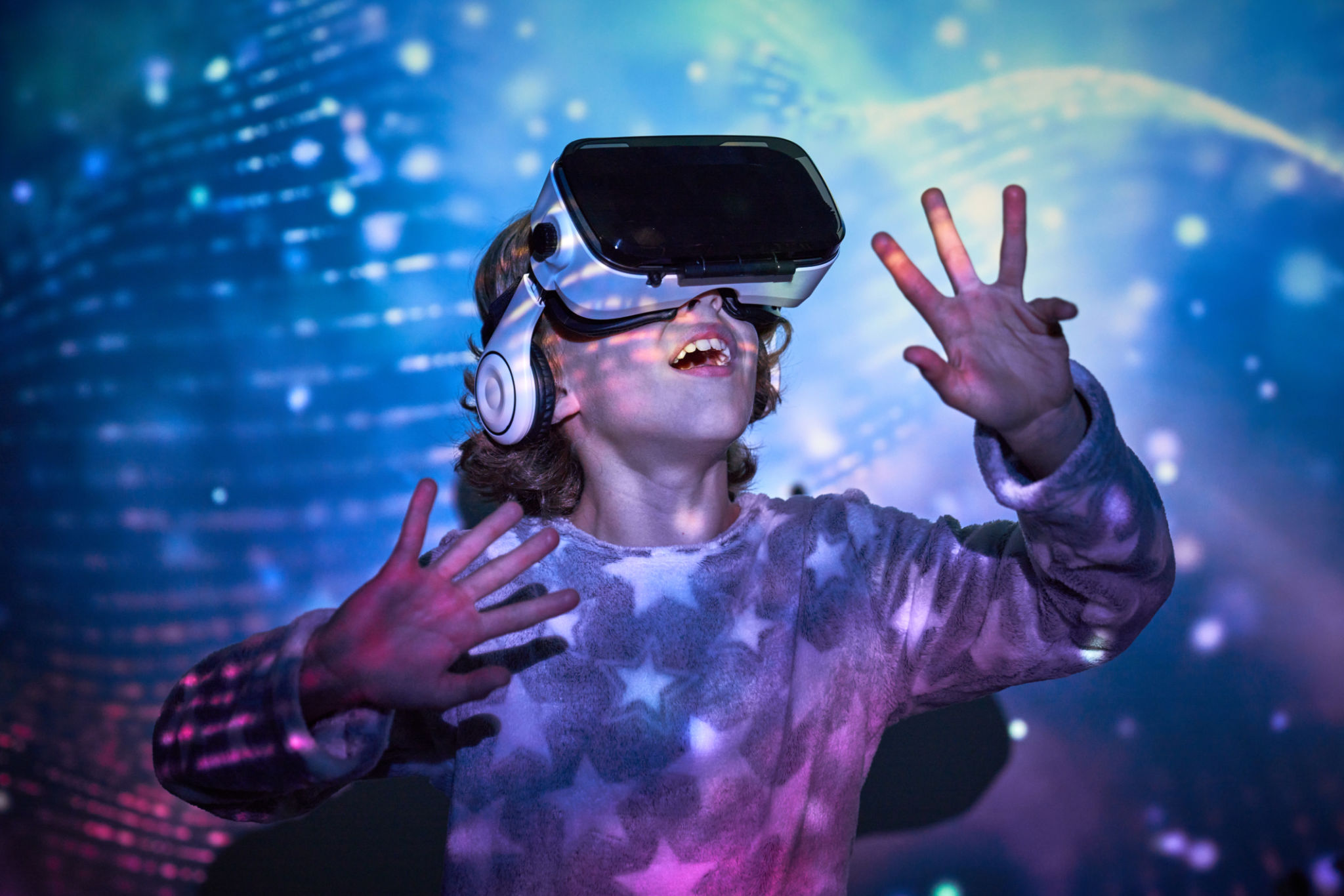Breaking New Ground: The Latest Trends in Virtual Reality Development
Introduction to Virtual Reality Trends
Virtual reality (VR) has rapidly evolved from a futuristic concept to a mainstream technology that's reshaping industries. As the interest in immersive experiences continues to grow, developers are breaking new ground with innovative trends that promise to redefine our interaction with the digital world. In this post, we'll explore some of the most exciting developments in VR that are setting the stage for the next generation of virtual experiences.

Enhanced Realism and Immersion
One of the most significant trends in VR development is the push toward enhanced realism. Developers are leveraging advanced graphics, physics engines, and haptic feedback to create more lifelike environments. This not only improves immersion but also expands VR’s potential applications in fields like training and education.
Additionally, improvements in hardware, such as higher resolution displays and faster refresh rates, are crucial to reducing motion sickness and enhancing user comfort. As these technologies advance, users can expect VR experiences that feel increasingly indistinguishable from reality.
Social Virtual Reality
As social interaction becomes a cornerstone of the digital experience, VR is no exception. Social VR platforms are developing rapidly, allowing users to connect, collaborate, and communicate in shared virtual spaces. These platforms are not just about gaming; they offer opportunities for virtual meetings, social events, and even collaborative workspaces.

Key Features of Social VR Platforms
- Avatars: Personalized avatars enhance user identity and interaction.
- Virtual Environments: Customizable spaces for different activities and events.
- Real-Time Interaction: Seamless communication through voice and gesture recognition.
AI Integration in VR
The integration of artificial intelligence (AI) is another groundbreaking trend in VR development. AI can enhance VR experiences by creating dynamic environments that adapt to user behavior and preferences. This can lead to more personalized experiences, whether in gaming, education, or therapeutic applications.
Moreover, AI-driven analytics provide valuable insights into user engagement and experience quality, helping developers refine their products to better meet consumer needs.

Wireless VR Headsets
While wired VR headsets have dominated the market for years, wireless technology is quickly catching up. Wireless VR headsets offer greater freedom of movement, making them more appealing for both casual users and professionals. The convenience of untethered experiences is driving demand for these devices.
With advancements in wireless technology and battery life, we can expect to see even more portable and user-friendly VR solutions in the near future.
The Future of Virtual Reality
The trends highlighted above are just a glimpse of what's on the horizon for virtual reality development. As technology continues to evolve, the possibilities for VR are virtually limitless. From creating hyper-realistic simulations to enabling global social interactions, VR is poised to transform how we live, work, and play.
As developers continue to push boundaries, we can look forward to a future where virtual reality becomes an integral part of our daily lives, offering new ways to engage with the world around us.